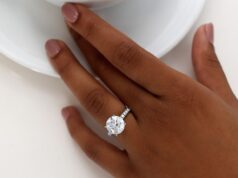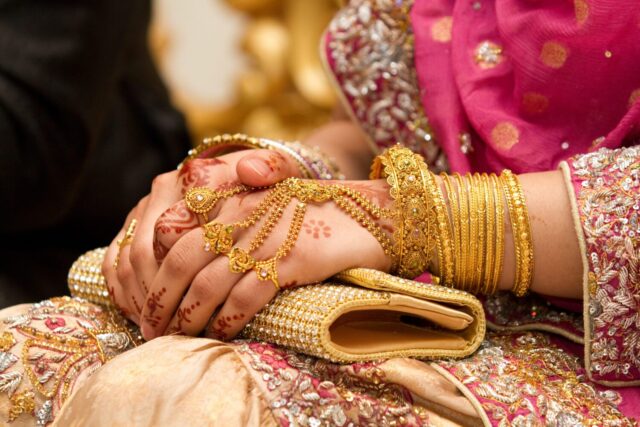
Nestled within the expansive tapestry of human history, African jewelry gleams as a captivating facet. Its allure transcends the superficial – it reflects intricate narratives, vibrant cultures, and the resplendent creativity of a continent often misunderstood. Embarking on a journey through time, we uncover the fascinating evolution of African jewelry, delving into prehistoric origins, ancient civilizations, symbolism, trade routes, colonial influences, contemporary expressions, and the revival of traditional crafts. The story of African jewelry is an ode to resilience, artistry, and cultural identity.
Prehistoric Origins of African Adornments
Tracing the origins of African jewelry is akin to a riveting archaeological excavation, unearthing tales that span millennia. The earliest forms of adornment were born not out of vanity but as vessels of meaning. Shells, bones, and stones metamorphosed into ornaments that adorned bodies, pulsating with spiritual significance. Africa’s first jewelry pieces were intertwined with rituals, acting as conduits to the divine. Crafted by hands that bore an innate connection to the earth, these ornaments were more than aesthetics – they embodied beliefs.
Ancient African Civilizations and Ornamentation
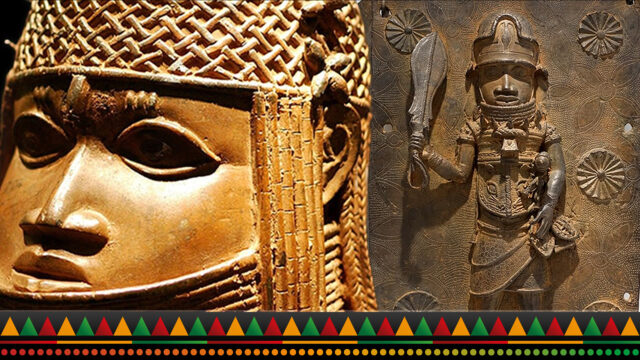
The narrative of African jewelry deepens as we navigate through the annals of antiquity, encountering illustrious civilizations that forged their legacies through meticulous craftsmanship. The Kingdom of Nubia, bordering the Nile, exemplified opulence with gold amulets and intricate beading. Mali’s empire revealed grandeur in intricate metalwork and bead strings, speaking of wealth and power. As time’s river flows, Ghana’s Akan people wove a tapestry of symbolism, where gold wasn’t just an accessory, but a potent metaphor for spiritual and earthly prosperity.
Symbolism and Cultural Significance
African jewelry is a treasury of symbols, a language woven into gleaming metals and precious stones. Each piece whispered stories of clans, status, and rites of passage. Adinkra symbols etched into gold conveyed wisdom, while cowrie shells embodied fertility. The Maasai’s beadwork wasn’t just ornamentation; it encoded age, marital status, and social standing. This lexicon of jewelry transcended spoken words, unifying diverse cultures under a common understanding.
Traditional Techniques and Materials
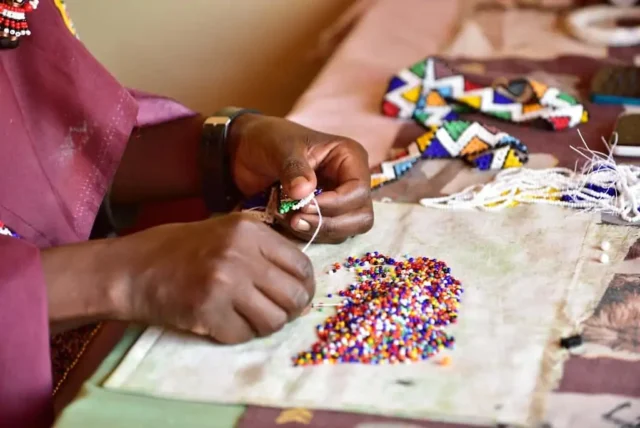
The symphony of African jewelry is composed using ancient techniques that have danced through generations. Filigree, lost wax casting, and intricate beadwork have been refined over centuries and passed from hand to hand. Materials plucked from the bosom of the earth – gold, silver, bone, clay, and gemstones – are transfigured into art. These techniques are a heritage to be safeguarded, a legacy that thrums with the pulse of time.
Influence of Trade Routes
African jewelry’s tale is one of crossroads, where trade winds and camel caravans carried not just spices and silk, but also the gleam of gold and the glint of gemstones. The Saharan routes bound Africa to the world, enriching adornments with foreign influences. Beads from Venice mingled with Tuareg silver, fusing distant stories into new chapters. The exchange wasn’t just of goods but of ideas, crafting a jewelry narrative as diverse as the lands it traversed.
Colonial Era and Changing Styles
The colonial era inscribed profound changes upon Africa’s jewelry narrative. European powers sought to reshape traditions, often obscuring the cultural significance of adornments. Yet, resistance thrived in subtle rebellion. Beads became a clandestine language, telling stories that eluded colonial eyes. Post-colonial Africa witnessed jewelry’s reclamation, as ancestral forms resurfaced with newfound pride, bearing witness to a tenacious spirit.
Contemporary Artistry
As we navigate the currents of time, African jewelry emerges as a dynamic art form that fuses tradition with innovation. Contemporary artisans stand as alchemists, transmuting history into avant-garde statements. Precious metals and recycled materials intertwine, creating pieces that resonate with modern sensibilities. Through their creations, these artists are conduits of continuity, echoing the past in the present.
Adapting Tradition: Modern Trends
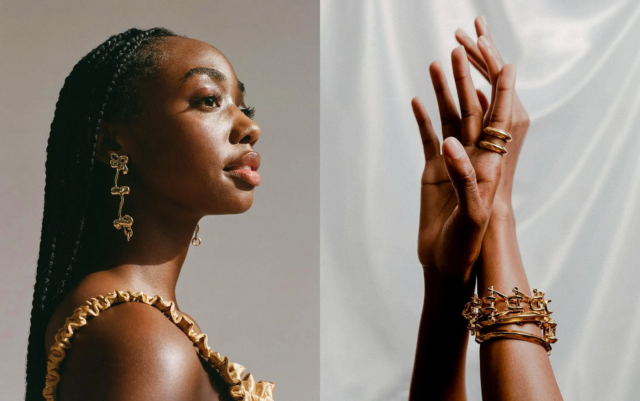
African jewelry doesn’t merely adapt to change; it dances with it. Urbanization, technology, and shifting aesthetics breathe life into traditional forms. Afrofuturism paints adornments with a sci-fi brush, while eco-conscious designers weave stories of sustainability with beads and recycled metals. Innovation and tradition entwine, birthing a jewelry genre that pays homage to roots while embracing the cosmos.
Preservation and Revival of Traditional Crafts
In the face of rapid change, the heartbeat of African jewelry endures through resolute artisans and cultural preservationists. Workshops and initiatives kindle the embers of traditional craftsmanship. Beaders, metalworkers, and engravers find their flame in teaching the next generation, ensuring that the legacy lives on. Organizations champion heritage, bridging the past and present, nurturing a jewelry renaissance.
Jewelry as a Reflection of Social Status and Identity
Beyond the gleam of gold and sparkle of gemstones, African jewelry weaves a nuanced tapestry of social hierarchies and individual identity. Adornments are more than embellishments; they are mirrors reflecting an individual’s place in the intricate web of society. In ancient times, as now, jewelry signified one’s station, evoking a visual language that whispered tales of lineage, achievements, and affiliations. Elaborate necklaces, intricately woven headdresses, and opulent bracelets weren’t just baubles; they were statements etched in gold and silver. From the regal collars of Pharaohs to the coral beadwork of Swahili brides, jewelry became a language that required no words – a symphony of precious metals and stones that resonated with societal rhythms.
Royal and Ceremonial Adornments in African Cultures
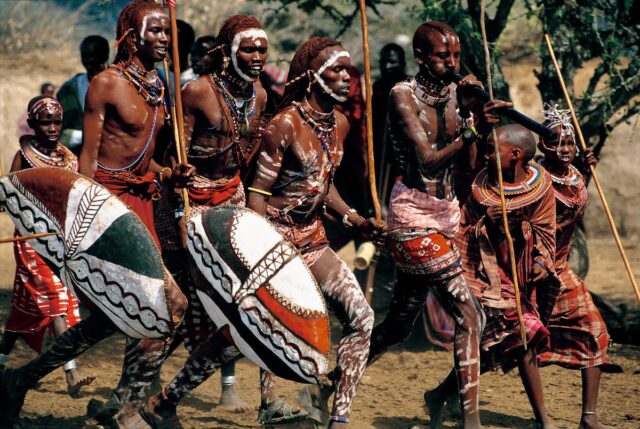
The pages of African history are illuminated with the dazzling radiance of royal and ceremonial jewelry, each piece a testament to the grandeur of kingdoms and the sanctity of rituals. Crowns, scepters, and regal garments shimmered as embodiments of authority, invested with cosmic significance. In Benin’s ancient court, coral-beaded regalia adorned Oba kings, fusing the terrestrial with the divine. The Ashanti’s Golden Stool, draped in golden umbrellas, whispered tales of power and lineage. Ceremonies were infused with an aura of enchantment, where jewelry danced in the flicker of torchlight, and the air was heavy with reverence. From initiation rites that marked the transition to adulthood to matrimonial unions that bound hearts, jewelry was a silent witness to the passages of life.
Final Words
African jewelry, a timeless narrative woven through epochs, reveals the essence of a continent’s soul. From the earliest adornments, steeped in spiritual significance, to the vibrant symbols that span cultures, the evolution of jewelry mirrors Africa’s journey. It reflects not only personal identity but a collective consciousness. As we stand at this crossroads of past and present, the story of African jewelry beckons us to respect, admire, and preserve the treasures that time has bequeathed us. The journey, much like the jewelry itself, is a testament to the art of resilience, creativity, and humanity.



